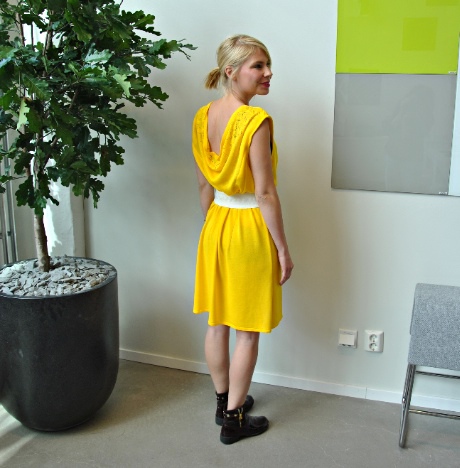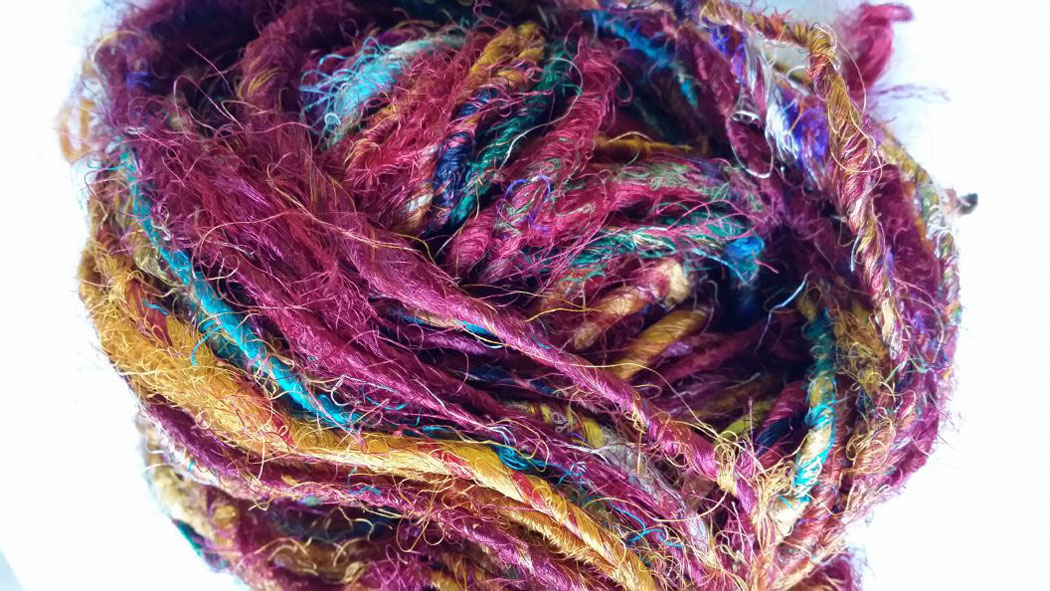According to reports Sweden recently unveiled the world’s first dress made from 100% recycled cotton.
“Until now old clothes have often been used as filler material for underneath wall-to-wall carpeting, but when the carpeting is removed or the building is knocked down, the material goes to the landfill anyway,” says Lewis Perkins, senior vice president of the San Francisco-based Cradle to Cradle Products Innovation Institute, which develops sustainable new uses for discarded products.
In June, a group of collaborating Swedish companies presented the world’s first garment made entirely from recycled cotton. The garment is a yellow dress that looks just like something you could pick up from H&M or Zara. “The scalability of this process is enormous,” says Henrik Norlin, business development manager at re:newcell, the company that made the pioneering material. “The technology allows us to recycle all materials that contain cellulose.”

How it Works
Old cotton clothes are brought to a factory and shredded then turned onto a porridge-like substance. After non-recyclable pieces like zippers and buttons have been removed, the porridge is broken down to the molecule level and turned into a fibre substance to be used for thread, resulting in rayon fabric. “We can recycle fabrics that contain a mix of cotton and other materials but get the best results when recycling pure cotton,” says Norlin.
Re:newcell is now preparing to build its first fabric-recycling factory, which will open its doors within the next 18 months. “It will be able to process 2,000 tonnes per year, allowing us to show the scalability of the process,” says Norlin. Re:newcell will then add factories in other European countries like Britain and Germany, that produce large amounts of cast off clothing.
The prospect of garment recycling holds huge potential and sustainability gains for the fast fashion industry. Some retailer’s such as H&M, are already capitalizing on this technology.
But, cautions Perkins, recycling of fabric often involves dangerous materials such as heavy metals. (Norlin says that Re:newcell’s process is completely clean.) And because rayon is much harder to recycle than cotton, the recycling doesn’t go full circle. A better approach, argues Perkins, would be to compost the clothes. “The dyes are a problem, which is why we need innovation in dyes,” he says. “But in the future we could even add valuable nutrients to clothes, which would benefit the soil when we compost them.”
Future Prospects
Norlin predicts that clothes recycling will take a similar trajectory to paper recycling: “Early on in paper recycling, only a small share of paper was recycled. Now most paper is recycled and yields good results. We could see fabric do the same thing.”











